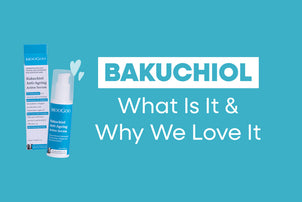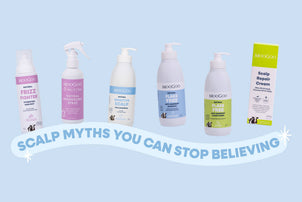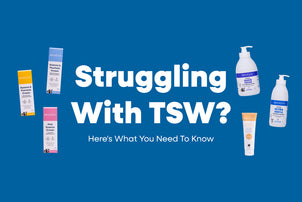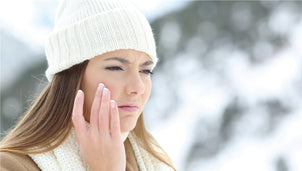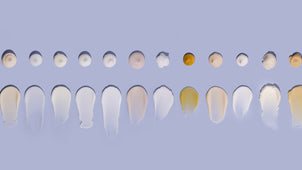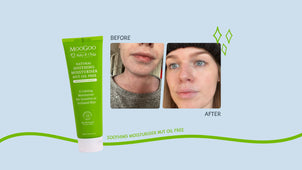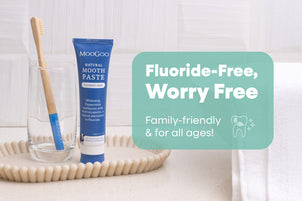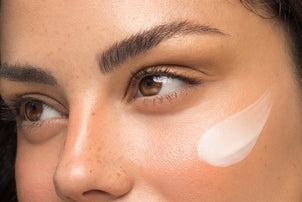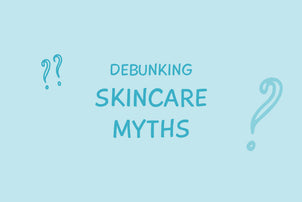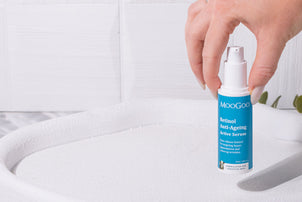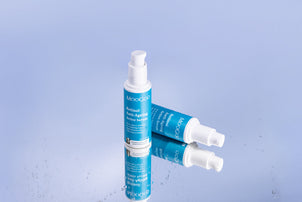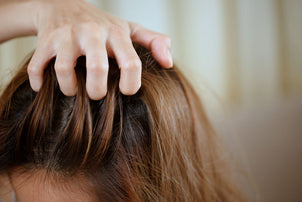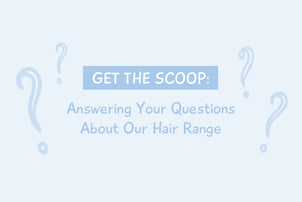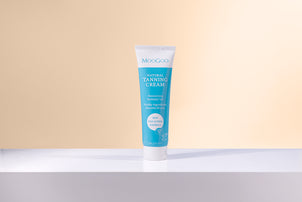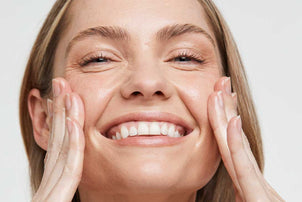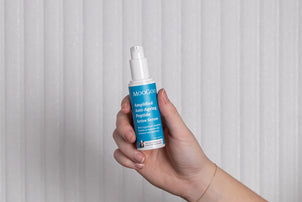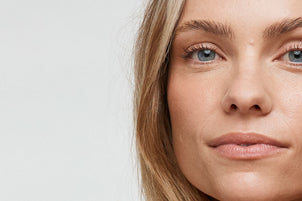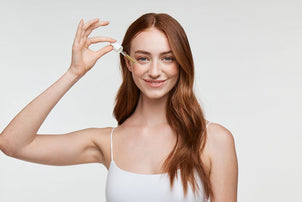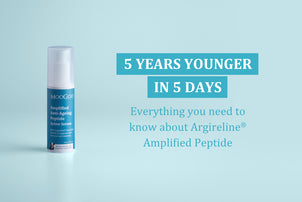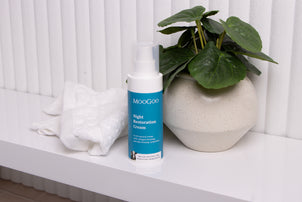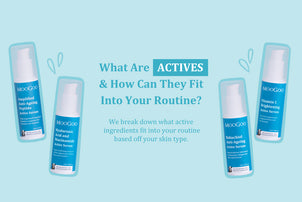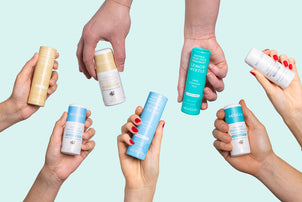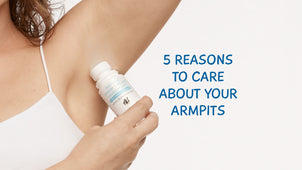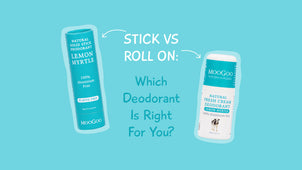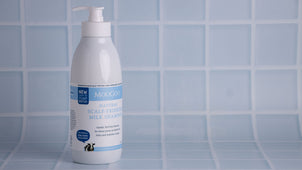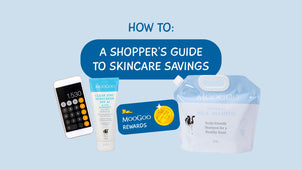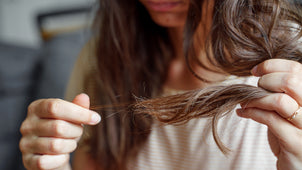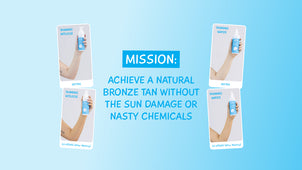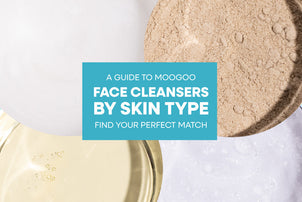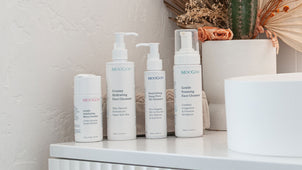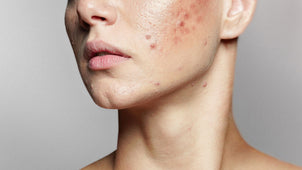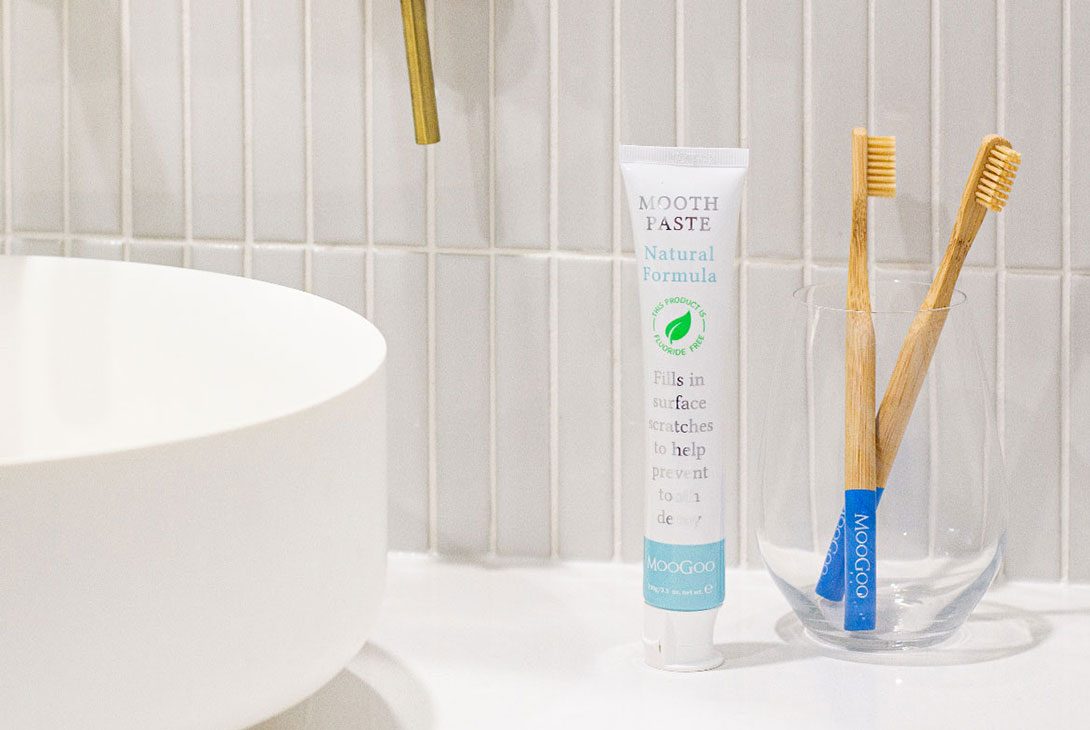
Healthy Toothpaste You Don't Need To Worry About Swallowing
We recently ran out of stock of our Fluoride Free Moothpaste with Calcium Hydroxyapatite (Australia’s 1st by the way, not that we want a trophy or anything… maybe just a little plaque). Turns out there's a lot of people who aren't too keen on using Fluoride.
Tooth be told, Fluoride can be a controversial topic. The fact of the matter is, toothpaste needs a remineralising agent to keep teeth healthy, and this is what Fluoride does in commercial toothpastes.
But, there are people out there that want a healthy toothpaste, so we made one with the same ingredient flossophy as the rest of our products. After years of development (and a lot of bad samples), we created a good one with remineralisation properties, made using only the healthiest ingredients out there. This was not acci-dental.
The great news is, those who choose not to use Fluoride don't have to skip the benefits. We searched tooth and nail to find an effective remineralising substitute and we found one: Calcium Hydroxyapatite!
What is Calcium Hydroxyapatite?
Calcium Hydroxyapatite (or more simply, CH) is a form of calcium that your body uses to repair itself. CH does a great job of remineralising teeth and repairing small cracks and scratches, just like Fluoride does.
By adding CH to our Moothpaste formula, everyone can enjoy the benefits of remineralisation even if they wish to avoid Fluoride. Other than CH, the rest of our toothpaste is made with healthy and edible ingredients so you don't have to worry if your kids end up swallowing a bunch. Finally, you can have your toothpaste, and eat it too.
Is Your Toothpaste Stuck in the 1960's?
Toothpaste regulations seem to be based on the premise that none of it is swallowed. We can pretty much guarantee that at least traces of it are swallowed on a daily basis, especially by young children. And that means they (and you) are ingesting some not-so-ideal ingredients.
People are turning away from skincare, hair care and food products if they contain ingredients of concern, but when it comes to toothpaste, a product that is literally ingested every morning and night, is one of the worst culprits of all? And yet, toothpaste seems to get the least amount of concern, continuing to fly under the health movement radar. We don’t know who toothpaste's publicist is, but boy they're good!
Toothpaste formulations have barely changed since the 1960's and some still contain ingredients that have since been banned from food. We like vintage cars and vintage clothes, but not vintage toothpaste.
Ingredients We Left in the 1960's:
Glycerin
Glycerin is used in toothpaste to keep it moist. It's not a dangerous ingredient and is very useful in other products. However, some think that it may coat your teeth and as a result, get in the way of remineralisation (whether that be ith Fluoride or CH), and we don’t want that. No point in buying stuff that isn't going to work.
SLS (Sodium Lauryl Sulphate)
Sodium Lauryl Sulphate (SLS) is a detergent commonly used in dishwashing liquids. Strangely enough, it's also found in most commercial toothpaste. SLS is one of the harshest cleansers out there, but it's also cheap to buy and is good at making a lot of foam. To top it off, it's derived from petroleum. Enough said.
Saccharin
Who remembers Saccharin? Saccharin used to be a popular sweetener used in the 1960’s and 70’s. That was until it got a reputation for being a sweetener so cheap and nasty that it was eventually phased out of food, as more innovative and effective alternatives became available. But it still remains in toothpaste.
There are much healthier alternatives to Saccharin, they just cost that little bit more to use. Many modern sweeteners like Xylitol, which is extracted from plants, even offer dental hygiene benefits as well and would be a much better alternative (insert virtual head shake here).
Triclosan
Until recently, the most “high tech” looking toothpaste on the market were still made with Triclosan. In America in 2016, Triclosan was banned for use in soaps by the FDA because of studies that showed that it interferes with the body's thyroid hormone metabolism, and may also be an endocrine disruptor.
Can it still be found in some toothpaste? Yes. Triclosan by definition is a pesticide that's been used as an anti-bacterial agent for decades. It has claims that it helps with bacteria and gingivitis, however, more recently it has been termed a “super chemical”.
Ingredients We Use in 2022:
Peppermint Oil
Essential Oils are made up of dozens of compounds, but it's a certain part of Peppermint Oil (and most essential oils) that causes allergic reactions. To avoid this, we use one that has had the triggering compound removed. Because the original oil has been altered, we can't call it plain ol' Peppermint Oil, so it's called 'Natural Flavour' instead.
Sorbitol
Sorbitol has many uses and you’ll see that it’s the first ingredient in our Moothpaste formula. Sorbitol is a naturally occurring sweetener derived from glucose, but unlike many other sweeteners, it has no health risks or concerns. We use it because it keeps our toothpaste nice and moist!
Final Thoughts...
We often wonder and shake our heads as to why so many of the big toothpaste brands out there continue to use outdated and questionable ingredients in their formulas. Today these companies would have so many other, healthier alternatives available to them, so we're not exactly sure what's holding up the formula upgrades.
Maybe it's because these companies are so big and in so many markets that any reformulating would be too difficult and damaging to their bottom lines. But that sort of thinking, as well as those ingredients, belong back in the 1960s when we thought smoking was good for us.

